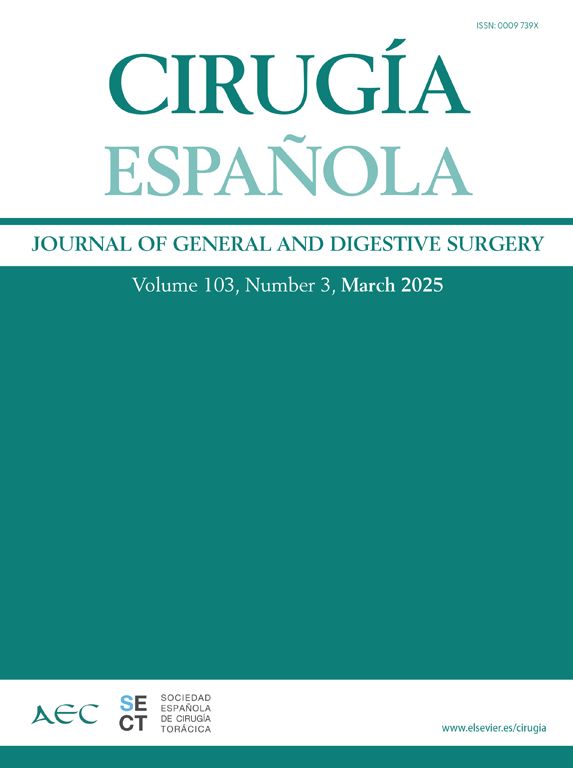We have read with interest the article by Galán Martínez et al.1 on his experience in the diagnostic and therapeutic management of patients with intraepithelial neoplasia. We would like to congratulate the authors for their experience and commitment to the care of this pathology. However, we would like to add some considerations based on our experience.
In our centre, the protocol for patients with anal cytology is similar to that described, excluding transplant and haematological patients. However, the HPV serotypes present in all cytologies are indeed analysed from pathological anatomy.
It is laid down that any HSIL, regardless of which HPV genotype is present, should undergo high-resolution anuscopy (HRA). On the other hand, patients with LSIL are differentiated according to the HPV genotypes they carry. If they only show low-risk genotypes, the established protocol is to repeat the cytology in 3–6 months to assess evolution. If they present any high-risk (RA) genotype, they are included for HRA. We have laid down the same action with the ASCUS. This is due to the fact that infection with HPV-HR genotypes is associated with the presence2,3 or progression of AIP.4
In the data analysed,1 where 112/115 patients were biopsied and 98/112 were treated, it is clear that biopsy would be considered practically unnecessary, since any patient with an altered cytology is treated. There are no clear treatment recommendations for AIP I,5 in fact it is not considered necessary to treat them because many of them return. What is advised is a further HRA with biopsy of the previously affected area at 6–12 months to evaluate progression.6
We agree on the established treatment with 80% trichloroacetic acid (TAA), however we differ on the dosage to be given. In our case, the treatment was initially applied in one single session, guided by the HRA and by means of a swab applied for 30 s to the affected quadrant, achieving results similar to those reported by Cranston et al.7 We consider that this should be applied selectively to the quadrants where the biopsy was taken and not with a swab inserted over the entire circumference of the anus, since this could increase deleterious effects for the patient, while not acting specifically on the altered area.7 The subsequent verification of the efficacy of the treatment is evaluated with HRA and occasional biopsy, since the cytology could constitute a false negative.
In summary, as reflected by Galán Martínez et al.,1 the screening of dysplasia is complex, since there is a dilemma concerning failure to act upon treatable lesions that potentially progress to anal carcinoma,8 and more studies with long-term follow-up are necessary to reach a consensus on the correct diagnostic-therapeutic management in our population, in order to unify criteria and lay down protocols.






